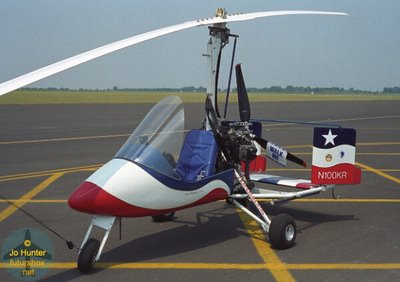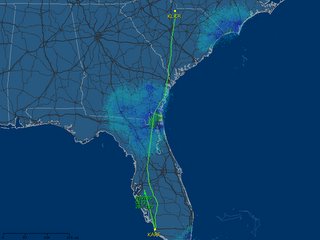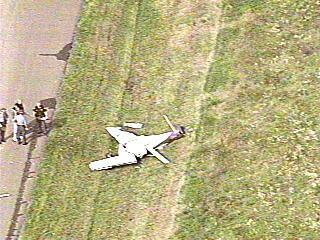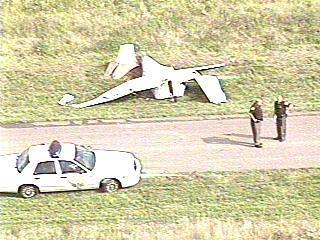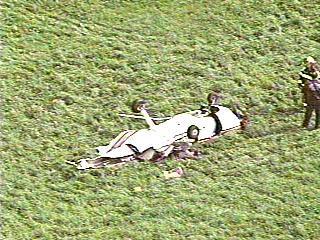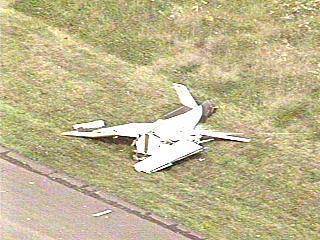The best thing this pilot did was file an ASRS form.NTSB Identification: CHI06CA052.
The docket is stored in the Docket Management System (DMS). Please contact Records Management Division
14 CFR Part 91: General Aviation
Accident occurred Monday, December 26, 2005 in Pelican Lake, WI
Aircraft: Cessna 152, registration: N6085M
Injuries: 1 Uninjured.On December 26, 2005, about 1230 central standard time, a Cessna 152, N6085M, piloted by a student pilot, sustained substantial damage on impact with the snow and ice on Pelican Lake, Wisconsin. The solo cross country instructional flight was operating under 14 Code of Federal Regulations Part 91. Visual meteorological conditions prevailed at the time of the accident. No flight plan was on file. The pilot reported no injuries. The flight originated from the Waukesha County Airport, near Waukesha, Wisconsin, and was en route to the Rhinelander-Oneida County Airport, near Rhinelander, Wisconsin, at the time of the accident.
The pilot's accident report, in part, stated:
On the 26th day of December at 1230 AM central time I
was on a solo cross country flight from Waukesha to
Rhinelander WI. While in route I made the decision to
land on Pelican Lake located about 20 mi south of
Rhinelander WI. I made a few low passes over the lake
to observe the surface conditions. I could see that
there was only a few inches of snow on the lake and
surface seemed to be flat (no snow drifting or ice
heaves) so I set myself up for a soft field landing
configuration. Upon main gear touching down the
gear was restricted and pulled the nose of the aircraft
to the ground (ice) slid about 25 yards then settled
back onto main gear.
The pilot's safety recommendation, in part, stated:
This accident could have been prevented if I would have
just stuck to my flight plan and [federal aviation
regulations]. I realize that I made a very bad decision
to land on the lake and have learned greatly from it.
Now, maybe the IFR Pilot has missed something, but his private pilot training didn't include any off-airport landings. Did any of yours?
Happy New Year!




